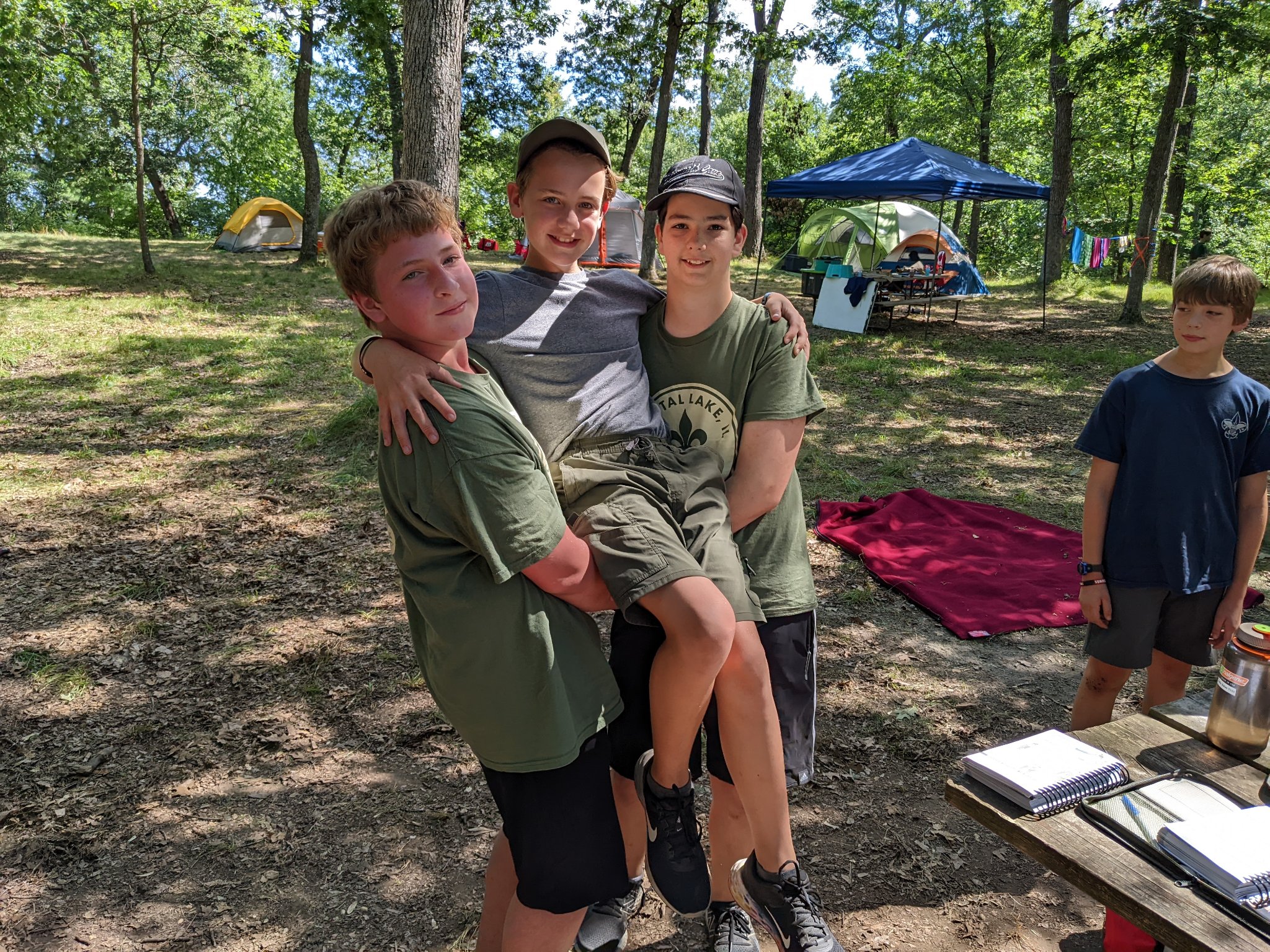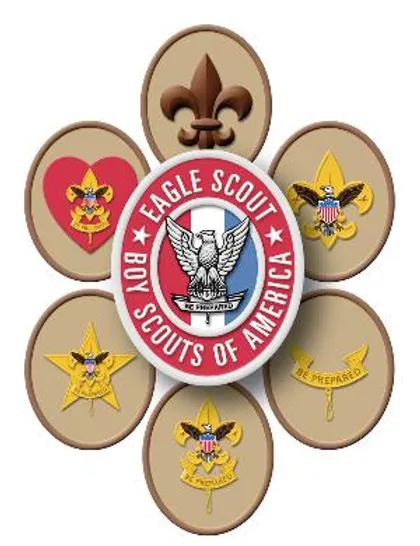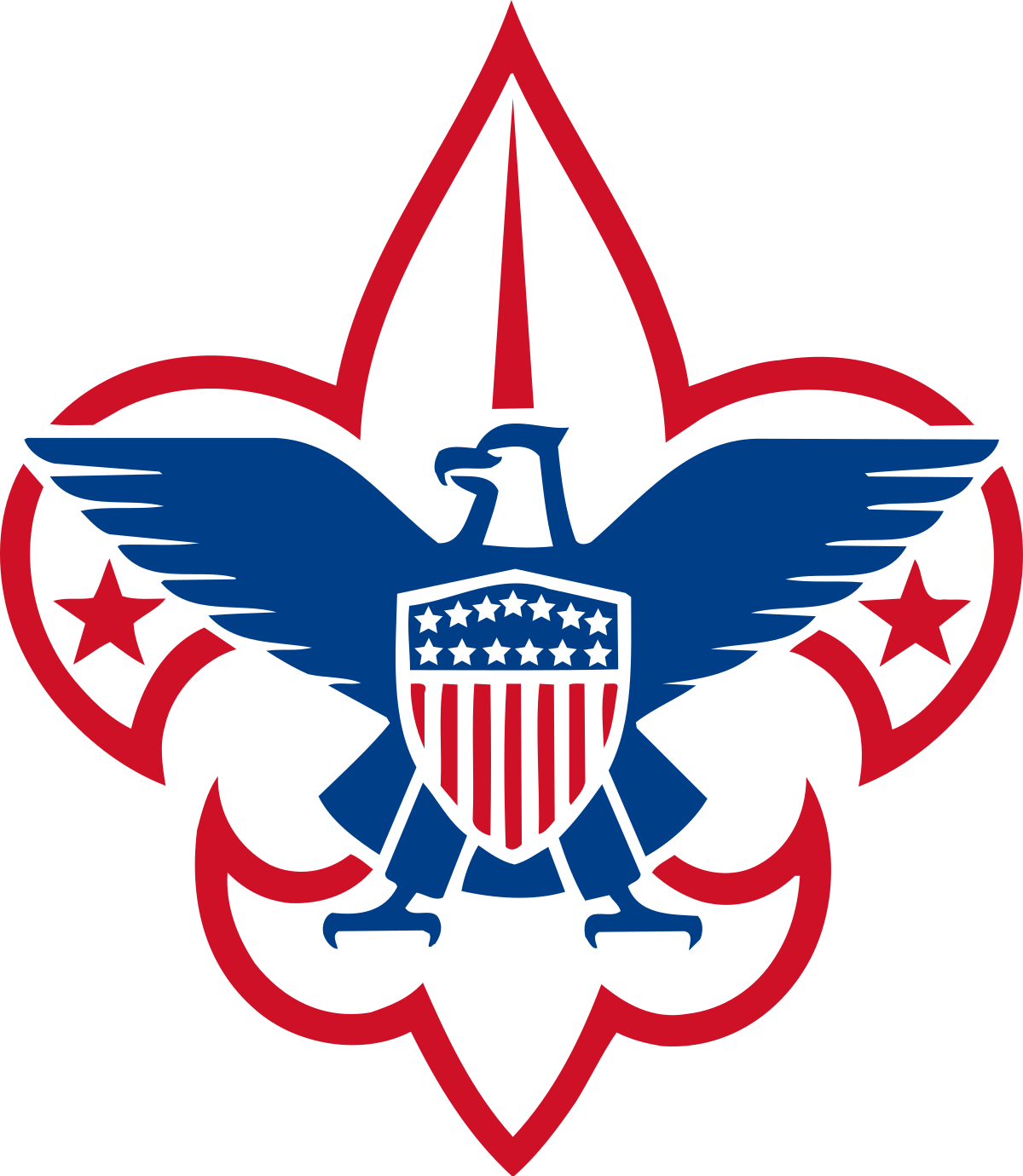Welcome New Scouts
Being new to Boy Scouts can be daunting, here are a few questions that we have answered that may help you.
How is Boy Scouts Different from Scouting (or Cub Scouts)?
The differences between Boy Scouts and Cub Scouts can be described in three general areas: Organization, Activities, and Advancement.
Organization: In Cub Scouts, the adults are the most important leaders, fostering growth and instilling the values and methods of scouting in leader-planned activities. Boy Scouting is intended to be "boy lead." This means that the boys plan what activities they want to pursue, and the adults support the boys. While Cub Scouts are organized in dens consisting of boys the same age, Boy Scouts are organized in patrols. Patrols consist of boys of various ages and interests who function as a unit while at camp and while at meetings. They plan meals together and eat together and plan activities as well.
Activities: Boy Scouts are engaged in a variety of activities. Once a month, scouts have the opportunity to participate in overnight campouts, lock-ins, or cabin camp experiences. This contrasts with the more limited opportunities for adventure in Cub Scouts.
Advancement: Boy Scouts are responsible for their own advancement. The Troop provides ample opportunities for the scouts to learn the skills and principles of scouting, it is up to each boy to seek out Assistant Scoutmasters in order to get "signed off" on the requirements for the rank that he is working on. This contrasts with the Cub Scout experience in which the adult leader keeps track of, and creates activities which lead to, advancement. A second difference between the advancement of Boy Scouts and Cub Scouts is that, while Cub Scouts of the same age have the same rank, it is not uncommon to see boys of the same age with different ranks. This difference happens because Boy Scout determines his own pace of advancement.
What is the Patrol Method?
The Patrol Method is so fundamental to scouting that Baden Powell, the founder of the scouting movement, once said, "The patrol system is not one method in which Scouting for boys can be carried on. It is the only method." The Patrol consists of a team of scouts who function as a unit within the larger troop. Boys in the patrol take turns with a variety of leadership roles within the patrols so that all can experience the different aspects of what it takes to lead and to serve.


What are the different ranks in Boy Scouts?
Upon joining a Scout Troop, each scout who meets the joining requirements is given the rank of "Scout." Upon meeting specific requirements detailed in the Scout Handbook, Boy Scouts make the following ranks: Tenderfoot, Second Class, First Class, Star, Life and Eagle. Not all Boy Scouts attain the rank of Eagle. You could read about the requirements for the different ranks by pressing the button below.
What is the significance of achieving the Eagle rank?
The fact that a boy is an Eagle Scout has always carried with it a special significance, not only in Scouting but also as he enters higher education, business or industry, and community service. The award is a performance-based achievement whose standards have been well-maintained over the years. Not every boy who joins a Boy Scout troop earns the Eagle Scout rank; only about 5 percent of all Boy Scouts do so. This represents more than 2 million Boy Scouts who have earned the rank since 1912. Nevertheless, the goals of Scouting—citizenship training, character development, and personal fitness—remain important for all Scouts, whether or not they attain the Eagle Scout rank.

Have More Questions?
Please visit our contact page if you would like to get in touch with us.